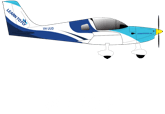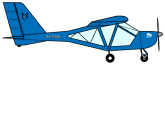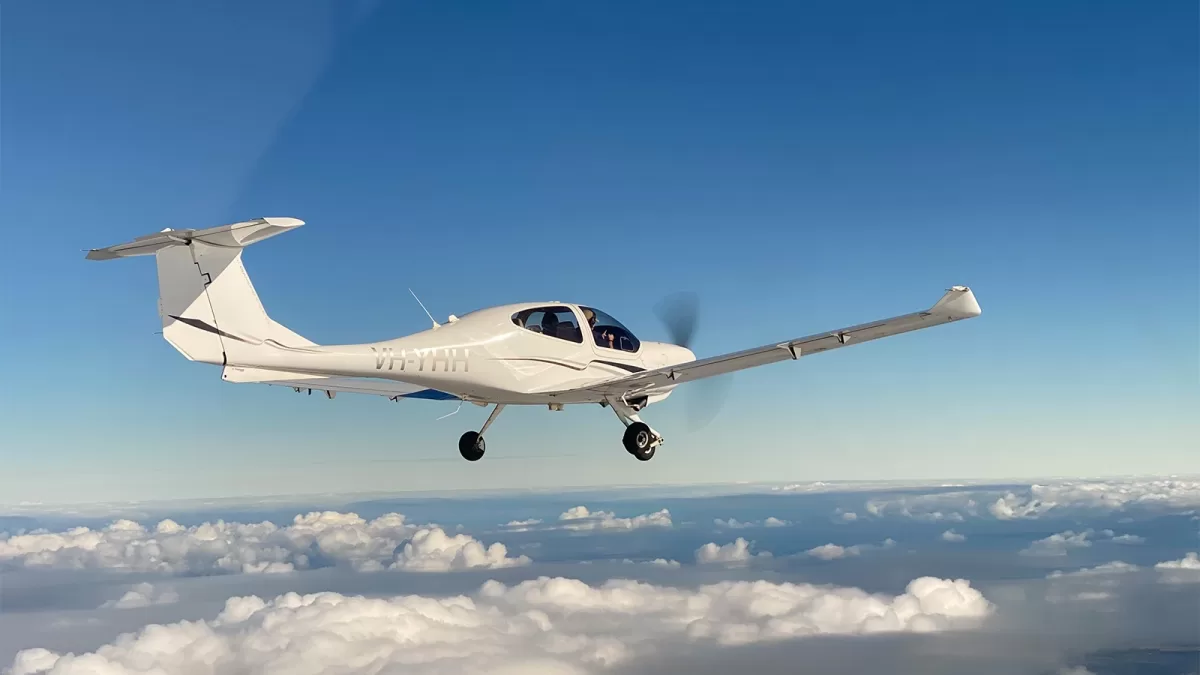
May 14, 2025
Beyond the CPL: Advanced Ratings and Specialisations in Australia
Earning a Commercial Pilot License (CPL) is an important step for any aspiring professional pilot, but it is only the beginning of a broader career in aviation.
While a CPL allows pilots to be compensated for their services, most specialised roles in aviation require additional training, ratings, and endorsements.
These advanced qualifications enhance a pilot’s skill set but also increase employment opportunities in areas such as airline operations, flight instruction, and specialised aerial services.
Why Pursue Advanced Ratings?
A CPL alone is often not enough for pilots to secure competitive roles in aviation. Airlines, corporate flight departments, and specialised aviation sectors seek pilots with additional certifications that demonstrate proficiency in advanced operations.
By obtaining advanced ratings, pilots can:
- Increase employability in competitive job markets
- Qualify for airline pilot interviews and structured career programs
- Expand their operational capabilities, such as flying in low-visibility conditions
- Meet specific requirements for specialised roles in aerial surveying, firefighting, or air ambulance services
- Work as flight instructors to build flight hours while earning income
Whether a pilot is aiming for charter operations, multi-crew airline roles, or flight instruction, specialised training is an essential step forward.
Instrument Rating (IR) – Mastering Flight in Low Visibility
The Instrument Rating (IR) allows pilots to operate under Instrument Flight Rules (IFR). Operating under IFR means flying in low visibility conditions, through clouds, and in controlled airspace without relying on external visual references.
To obtain an IR, a pilot must:
- Hold a Private Pilot License (PPL) or CPL
- Complete at least 40 hours of instrument flight training, including simulator sessions
- Pass the Instrument Rating Theory Exam (IREX)
- Successfully complete an instrument flight test with a CASA-approved examiner
Having an Instrument Rating significantly enhances a pilot’s career prospects. Most airlines require IR proficiency, making it a key step toward flying in commercial multi-crew environments. Additionally, charter pilots, corporate aviation professionals, and aerial survey operators frequently operate in IFR conditions, making this rating essential.
Multi-Engine Class Rating (MEA) – Expanding Aircraft Capabilities
A Multi-Engine Class Rating allows pilots to operate aircraft with more than one engine, an essential qualification for those looking to fly corporate jets, turboprops, or airliners.
Requirements for Multi-Engine Endorsement:
- A minimum of 5-10 hours of flight training in a multi-engine aircraft
- Comprehensive instruction on engine failure procedures, asymmetric flight, and complex aircraft systems
- A flight test with a CASA-approved examiner
Multi-engine experience is a prerequisite for airline jobs and most high-performance aircraft operations. Pilots who complete multi-engine training significantly improve their chances of being hired by regional airlines, corporate aviation companies, and international charter operators.
Flight Instructor Ratings – Teaching the Next Generation
Many CPL holders choose to pursue a Flight Instructor Rating (FIR), which allows them to train new pilots and accumulate valuable pilot-in-command (PIC) flight hours. Becoming a flight instructor is also an excellent way to gain experience and prepare for airline roles, as many major airlines value teaching experience and leadership skills.
Requirements for a Flight Instructor Rating (FIR)
- Completion of a Flight Instructor Course at a CASA-approved flight school
- Successful assessment in instructional techniques, student handling, and lesson planning
- A Flight Instructor Rating Flight Test
Once a pilot has obtained a Flight Instructor Rating, they can pursue specialised teaching endorsements, such as:
- Multi-Engine Instructor – Teaches pilots how to operate twin-engine aircraft
- Instrument Rating Instructor – Trains students for IFR operations
- Aerobatics Instructor – Specialises in advanced flight maneuvers
Many CPL holders take this pathway as it provides a stable income while allowing them to refine their flying and leadership abilities.
Night VFR Rating – Expanding Operational Limits
A Night Visual Flight Rules (Night VFR) Rating allows pilots to fly after sunset under VFR conditions. While an Instrument Rating (IR) is required for IFR flights, a Night VFR Rating provides more flexibility for pilots who do not yet hold an IR.
Requirements for Night VFR
- Minimum of 10 hours of night flying, including 5 hours solo
- Training in night navigation, emergency procedures, and situational awareness
- Successful completion of a Night VFR check ride
While not as versatile as an Instrument Rating, a Night VFR Rating is useful for charter pilots, emergency service operators, and agricultural pilots who need to extend their operational hours.
ICAO Licence Conversion – Flying In Australia
For international pilots looking to work in Australia, understanding ICAO Licence Conversion is essential. Pilots who have trained overseas and obtained their pilot license from ICAO-approved countries are able to have their licence (and ratings) converted to CASA.
On the other hand, many Australian pilots also convert their licences to fly in Asia, the Middle East, and North America, expanding their career options internationally.
ICAO Licence Conversion Process
- Verify eligibility with the civil aviation authority of the destination country
- Pass required theory exams and flight checks
- Complete any additional training requirements based on regional differences
Earning a Commercial Pilot License is a crucial step in an aviation career, but advanced ratings and specialisations unlock far greater opportunities. From Instrument Ratings and Multi-Engine Endorsements to Flight Instructor Certifications, pilots can significantly expand their skills and employment prospects.
By choosing the right advanced training, CPL holders can accelerate their aviation careers, improve their flying capabilities, and increase their earning potential. Whether aiming for airlines, corporate aviation, or specialised missions, continued learning and certification are key to long-term success in aviation.


